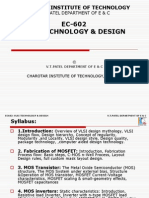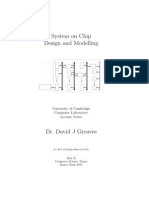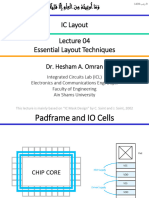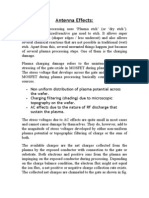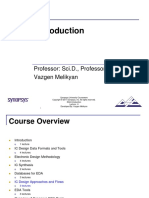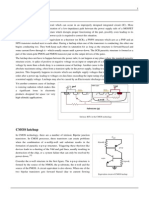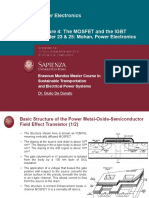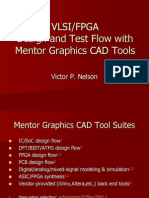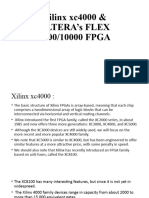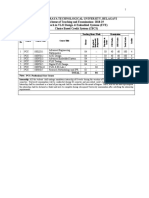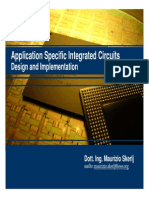100% found this document useful (1 vote)
287 views18 pagesLecture 3 - Design Flow
The document describes the typical ASIC design flow including front-end design, synthesis, physical layout, and verification steps. It provides examples of CAD tools used in each step and discusses topics like standard cell libraries, process design kits, and IP cores. The flow involves modeling at different levels of abstraction from behavioral to transistor level before generating the final mask for fabrication.
Uploaded by
kumarkankipati19Copyright
© © All Rights Reserved
We take content rights seriously. If you suspect this is your content, claim it here.
Available Formats
Download as PDF, TXT or read online on Scribd
100% found this document useful (1 vote)
287 views18 pagesLecture 3 - Design Flow
The document describes the typical ASIC design flow including front-end design, synthesis, physical layout, and verification steps. It provides examples of CAD tools used in each step and discusses topics like standard cell libraries, process design kits, and IP cores. The flow involves modeling at different levels of abstraction from behavioral to transistor level before generating the final mask for fabrication.
Uploaded by
kumarkankipati19Copyright
© © All Rights Reserved
We take content rights seriously. If you suspect this is your content, claim it here.
Available Formats
Download as PDF, TXT or read online on Scribd
/ 18





